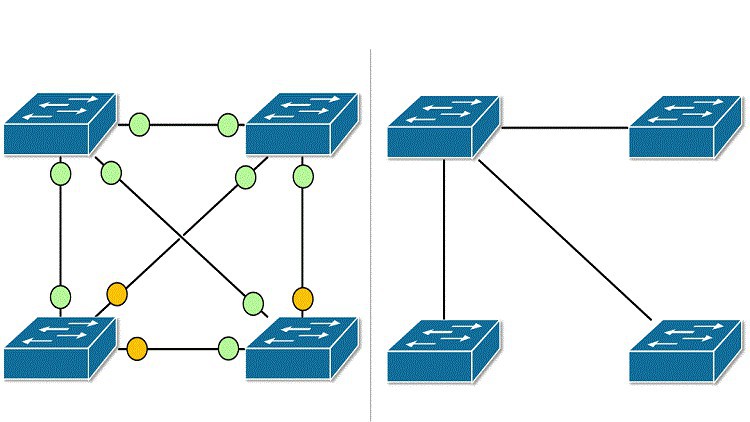Spanning Tree Protocol (STP) by Arash Deljoo
STP / RSTP / MSTP Concepts and Configuration
4.87 (15 reviews)

226
students
12.5 hours
content
Aug 2023
last update
$79.99
regular price
What you will learn
Traditional Spanning Tree Protocol (STP) concepts , configuration and verification
Traditional STP ( IEEE 802.1d) Advanced Features
Protecting the Spanning Tree Protocol (STP)
Rapid Spanning Tree Protocol (RSTP) concepts , configuration and verification
Multiple Spanning Tree Protocol (MSTP) concepts , configuration and verification
Related Topics
5265210
udemy ID
4/10/2023
course created date
4/19/2023
course indexed date
Bot
course submited by